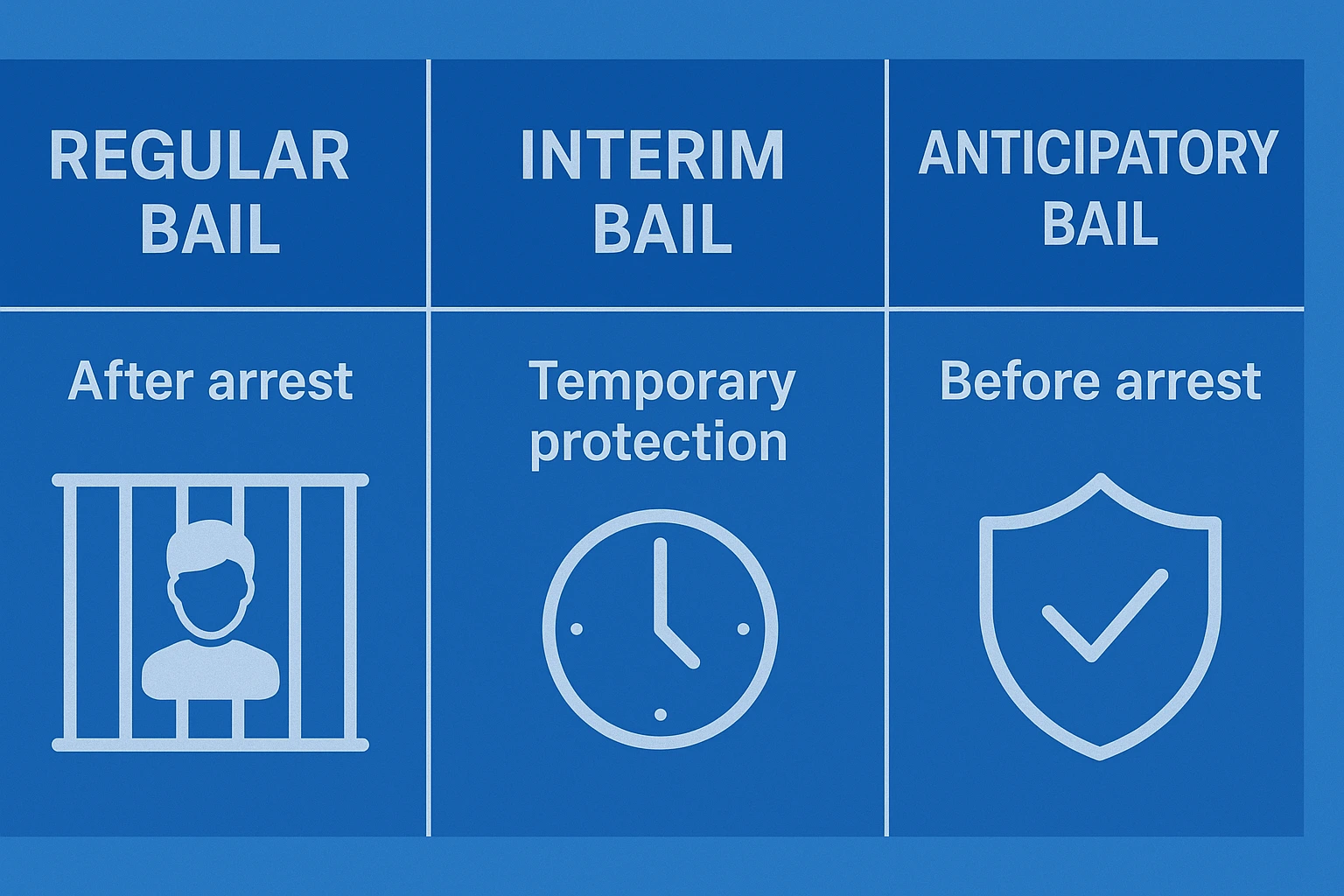
Old Pension Scheme (OPS) vs New Pension Scheme (NPS) in Punjab: Complete Comparison for Government Employees
The debate between the Old Pension Scheme (OPS) and the New Pension Scheme (NPS) has intensified across India—especially in Punjab, where thousands of government employees are pressing for the restoration of the Old Pension Scheme (OPS). The issue involves legality, financial viability, retirement security, and employee welfare.
If you are a Punjab Government employee, a lawyer, or someone dealing with departmental matters, understanding this comparison is essential.
What is the Old Pension Scheme (OPS)?
The Old Pension Scheme (OPS) applied to employees appointed before 1 January 2004. It provides a defined benefit pension, meaning the pension amount is predetermined and guaranteed.
Key Features of the Old Pension Scheme (OPS)
- Guaranteed lifelong pension.
- Pension equals 50% of last drawn basic pay + Dearness Allowance (DA).
- DA increases twice a year → pension increases automatically.
- Robust family pension benefits.
- No employee contribution.
- Entire pension burden lies on the state exchequer.
For decades, employees in Punjab relied on the Old Pension Scheme (OPS) for a secure retirement.
What is the New Pension Scheme (NPS)?
The New Pension Scheme (NPS) (also called the National Pension System) applies to employees recruited on or after 1 January 2004. It works on a defined contribution basis, where pension depends on accumulated savings and market performance.
Key Features of the New Pension Scheme (NPS)
- Employee contributes 10% of basic pay + DA.
- Government contributes 14%.
- Funds are invested in market-linked securities.
- Final pension depends on:
- Total corpus accumulated,
- Annuity purchase,
- Market performance,
- Investment choices.
- Pension is not guaranteed.
Unlike the Old Pension Scheme (OPS), the New Pension Scheme (NPS) involves risk and uncertainty.
Major Differences Between Old Pension Scheme (OPS) and New Pension Scheme (NPS) in Punjab
1. Nature of Pension
| Feature | Old Pension Scheme (OPS) | New Pension Scheme (NPS) |
|---|---|---|
| Type | Defined Benefit | Defined Contribution |
| Guarantee | 100% Guaranteed | No Guarantee |
| Pension Amount | Fixed formula (50% + DA) | Depends on corpus and market |
2. Retirement Security
Old Pension Scheme (OPS)
✔ Predictable, stable, and inflation-protected.
New Pension Scheme (NPS)
✘ Market-dependent returns.
✘ Pension may be much lower than OPS – often ₹8,000–₹12,000 for average employees.
This is the primary reason why employees across Punjab demand restoration of the Old Pension Scheme (OPS).
3. Family Pension
- OPS provides strong and predictable family pension rules.
- NPS gives family pension only through annuity plans, often resulting in lower monthly payouts.
4. Tax Benefits
- Under NPS, employees get an additional ₹50,000 deduction under Section 80CCD(1B).
- No such deduction exists under OPS because employees do not contribute.
5. Financial Burden on the Punjab Government
Punjab is currently one of the most debt-stressed states in India.
- OPS = High, open-ended liability.
- NPS = Predictable, controlled liability.
This is the main reason why Punjab has not fully shifted back to the Old Pension Scheme (OPS).
Legal and Policy Context in Punjab
Employee unions argue that OPS ensures dignity, social security, and rights-based pension, while NPS exposes retirement to market risks.
Related reading for legal remedies:
👉 Departmental Inquiry: Rights of Employees
Government’s Stand
Punjab Government has expressed support for OPS but faces obstacles:
- Restrictions under the PFRDA Act, 2013.
- Dependence on central funds.
- Heavy fiscal deficit.
Thus, a return to OPS requires both financial restructuring and legislative changes.
Why Employees Prefer the Old Pension Scheme (OPS)
- Guaranteed and inflation-protected pension.
- Strong family pension.
- No market risk.
- Predictable retirement planning.
- Greater sense of dignity and social security.
Why the New Pension Scheme (NPS) Was Introduced
The central government introduced NPS due to:
- Increasing pension liabilities.
- Fiscal stress on states like Punjab.
- Need for long-term financial sustainability.
NPS shifts responsibility from the government to employee + investment market, reducing state burden.
Quick Comparison
Old Pension Scheme (OPS) – Pros
- Guaranteed lifelong pension
- DA-linked increases
- Strong family pension
- No employee contribution
New Pension Scheme (NPS) – Pros
- Transparent and regulated
- Tax benefits
- Lower burden on state
- Portable across departments
Which Pension System is Better for Punjab?
Employee Perspective:
✔ Old Pension Scheme (OPS) offers far greater financial security and stability.
Government Perspective:
✔ New Pension Scheme (NPS) is economically more sustainable.
Practical Reality:
Punjab must balance:
- employee welfare,
- legal restrictions,
- state debt,
- and long-term stability.
So far, the New Pension Scheme (NPS) remains the default structure.
Conclusion
The debate between the Old Pension Scheme (OPS) and the New Pension Scheme (NPS) in Punjab reflects a larger conflict between employee security and state financial capacity. Employees overwhelmingly prefer the Old Pension Scheme (OPS), while the government leans on the New Pension Scheme (NPS) for fiscal reasons.
A balanced, legally sound solution is required—one that addresses both employee welfare and Punjab’s financial health.



Comments (0)